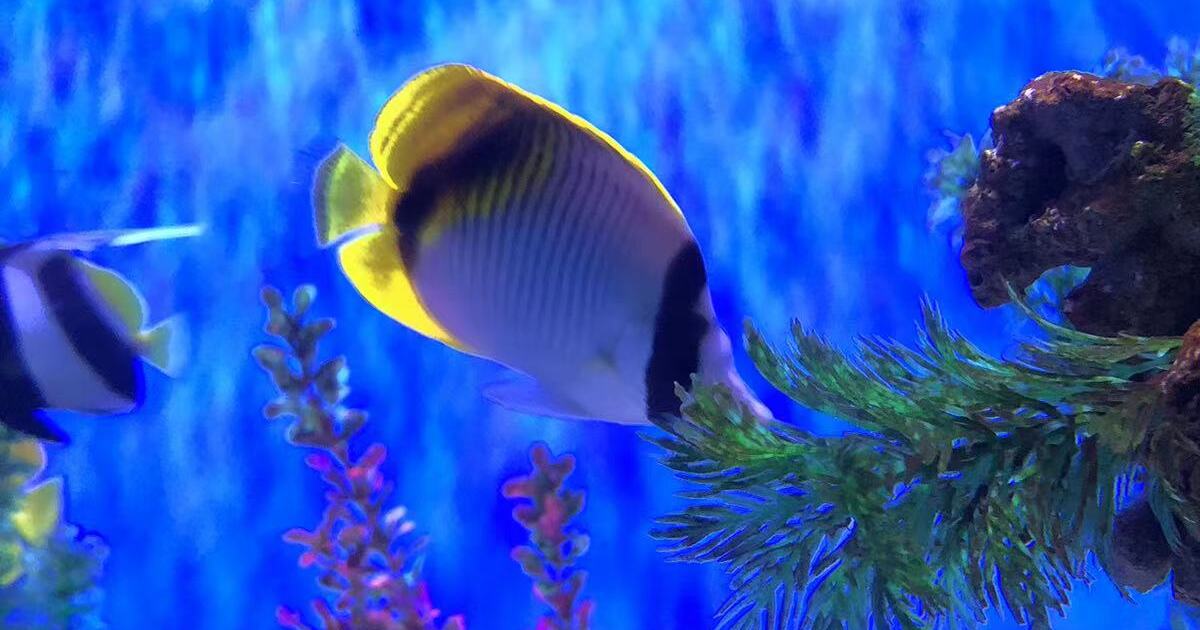Metabolism and Nutrition in Fish
A special issue of Metabolites (ISSN 2218-1989). This special issue belongs to the section "Animal Metabolism".
Deadline for manuscript submissions: 31 January 2026 | Viewed by 8490

Special Issue Editors
Interests: lipid metabolism; intestinal health; fish; nutrition and environment
Interests: fish; lipid metabolism; immunity; feed additives
Interests: nutrition metabolism and feed formulation of aquatic animals, including finfish, sea urchin, sea cucumber, and crustaceans
Special Issue Information
Dear Colleagues,
The rapid expansion of the aquaculture industry necessitates a deep understanding of fish’s nutrition and metabolism. These aspects not only impact fish health and yield but also have economic implications. We are pleased to invite you to submit your research for this Special Issue of “Metabolites”, dedicated to studies on fish’s nutrition and metabolism. This Special Issue aims to showcase studies on novel ingredients (e.g., protein, lipid, and carbohydrates) and functional feed additives (e.g., polysaccharides, plant extracts, bile acids, and bacterial products) in fish. By providing a broad and precise perspective on nutrition and metabolism, this Special Issue will contribute to the advancement of sustainable aquaculture practices.
The submission of original research articles and reviews for this Special Issue is encouraged. Research areas may include (but are not limited to) the following: fishmeal and fish oil replacements, novel feed additives, fish’s nutritional requirements, and fish environments.
We look forward to receiving your contributions.
Dr. Lei Wang
Dr. Peng Tan
Prof. Dr. Rantao Zuo
Guest Editors
Manuscript Submission Information
Manuscripts should be submitted online at www.mdpi.com by registering and logging in to this website. Once you are registered, click here to go to the submission form. Manuscripts can be submitted until the deadline. All submissions that pass pre-check are peer-reviewed. Accepted papers will be published continuously in the journal (as soon as accepted) and will be listed together on the special issue website. Research articles, review articles as well as short communications are invited. For planned papers, a title and short abstract (about 250 words) can be sent to the Editorial Office for assessment.
Submitted manuscripts should not have been published previously, nor be under consideration for publication elsewhere (except conference proceedings papers). All manuscripts are thoroughly refereed through a single-blind peer-review process. A guide for authors and other relevant information for submission of manuscripts is available on the Instructions for Authors page. Metabolites is an international peer-reviewed open access monthly journal published by MDPI.
Please visit the Instructions for Authors page before submitting a manuscript. The Article Processing Charge (APC) for publication in this open access journal is 2700 CHF (Swiss Francs). Submitted papers should be well formatted and use good English. Authors may use MDPI's English editing service prior to publication or during author revisions.
Keywords
- fish
- metabolism
- nutrition
- feed additives
- lipid
- protein
- requirements
Benefits of Publishing in a Special Issue
- Ease of navigation: Grouping papers by topic helps scholars navigate broad scope journals more efficiently.
- Greater discoverability: Special Issues support the reach and impact of scientific research. Articles in Special Issues are more discoverable and cited more frequently.
- Expansion of research network: Special Issues facilitate connections among authors, fostering scientific collaborations.
- External promotion: Articles in Special Issues are often promoted through the journal's social media, increasing their visibility.
- Reprint: MDPI Books provides the opportunity to republish successful Special Issues in book format, both online and in print.
Further information on MDPI's Special Issue policies can be found here.








